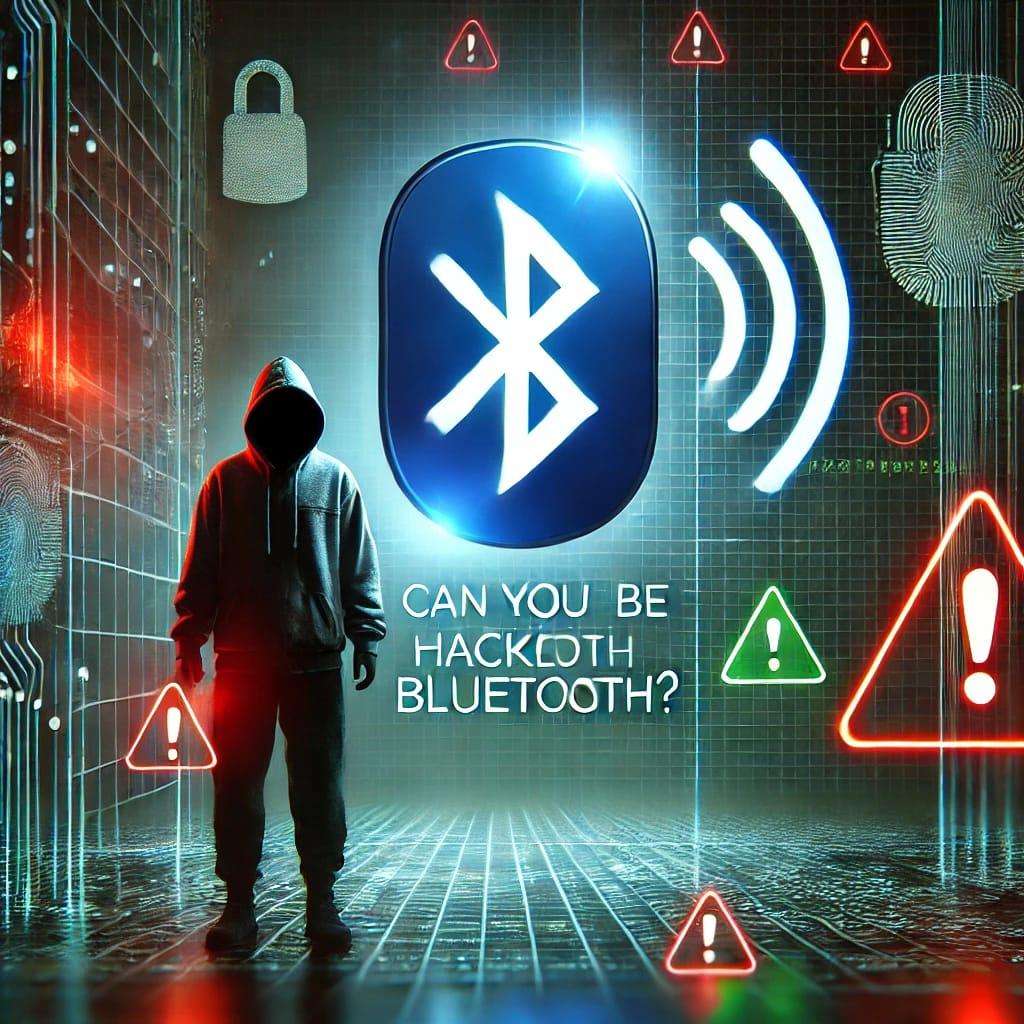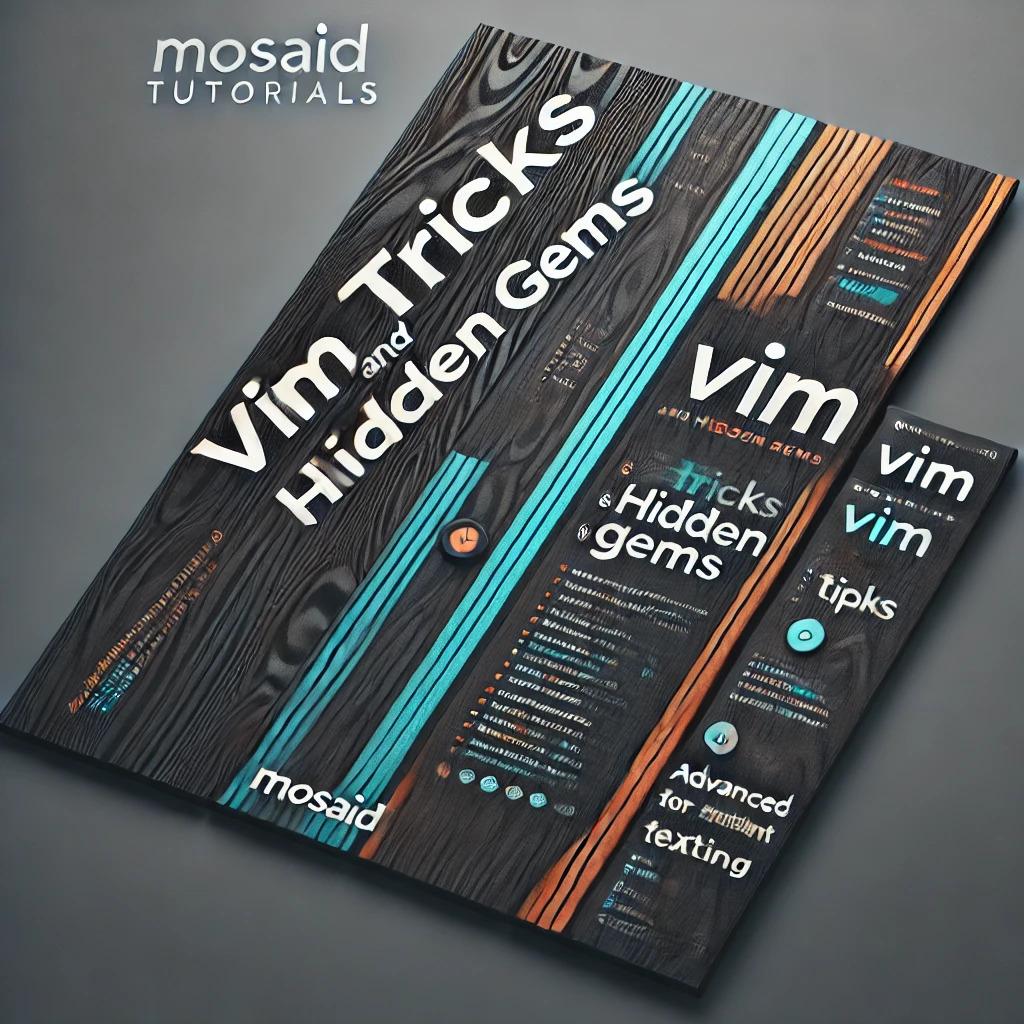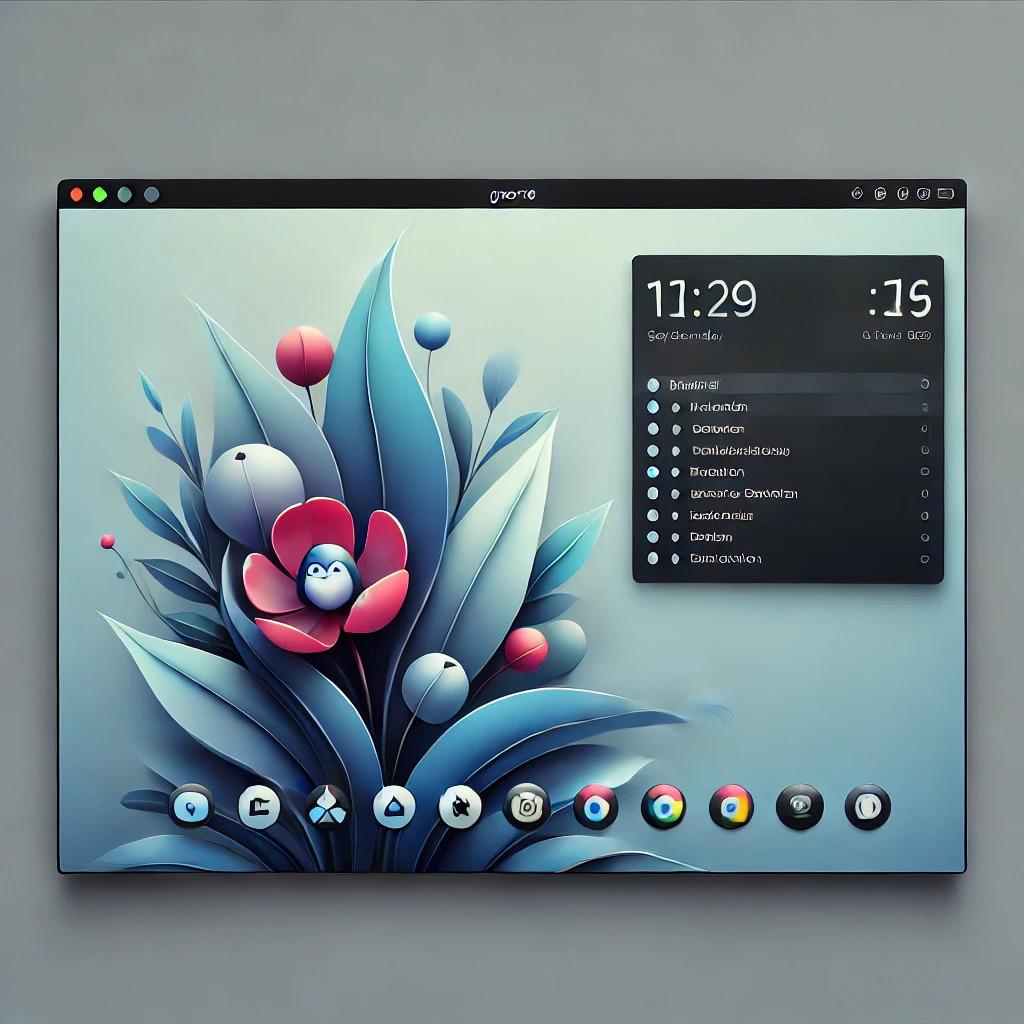\documentclass[12pt, a4paper]{exam}%answers,addpoints, answers,
\usepackage[left=2.5cm,right=0.5cm,top=0cm,bottom=1cm]{geometry} % Set page margins
\usepackage[french]{babel}
\usepackage{fontspec}
\usepackage{calligra} % For calligraphy font
\usepackage[T1]{fontenc}
\usepackage{amsmath, amssymb}
\usepackage{tikz} % For drawing the vertical line
\usetikzlibrary{shapes,decorations.text}
\usetikzlibrary{decorations.pathmorphing,shadows}
\usepackage{xcolor}
\usepackage{setspace}
\usepackage[ddmmyyyy]{datetime}
\usepackage{xparse} % Required for advanced argument parsing
\pointname{}
\pointformat{\textbf{\textit{(\thepoints)}}}
% Exam settings
\pointsinmargin
%\colorfillwithlines
%\definecolor{FillWithLinesColor}{gray}{0.8}
\colorfillwithdottedlines
\definecolor{FillWithDottedLinesColor}{gray}{0.7}
\unframedsolutions
\renewcommand{\solutiontitle}{\noindent\textbf{}\enspace}
\SolutionEmphasis{\itshape\small}
\SolutionEmphasis{\color{red}\bfseries}
\newcommand{\tb}{\tikz[baseline=-0.6ex]{\fill (0,0) circle (2pt);}~}
\newcommand{\ccc}[1]{
\begin{tikzpicture}[overlay, remember picture]
\node[circle, inner sep=3pt, draw=black, outer sep=0pt] at (0.5,0.2) {#1};
\end{tikzpicture}
}
\newcommand{\luck}[1]{
\begin{tikzpicture}[overlay, remember picture]
\node[] at (#1) {\scalebox{2}{\textbf{\textcolor{blue}{\calligra Good Luck!}}}};
%rotate=25
\end{tikzpicture}
}
\NewDocumentCommand{\sticker}{O{6.5} O{-10} m m}{%
\begin{tikzpicture}[overlay, remember picture, shift={(#3)}]
% Rectangle with wavy border and text node
\node[
shape=rectangle, % Rectangle shape
decorate,
decoration={random steps, segment length=2mm, amplitude=1.5mm}, % Wavy effect
fill=cyan!20, % Background color
draw=red, % Border color
line width=1pt, % Border thickness
inner sep=5pt, % Padding between text and border
text width=#1, % Width of the text box
align=center, % Center the text
rotate=#2, % Rotation angle
] (sticker) at (0, 0) { % Position of the sticker
#4
};
% Label
\node[] at ([xshift=0.5cm]sticker.north west) {
\includegraphics[width=0.9cm]{pin.png}
};
\end{tikzpicture}%
}
\newcommand{\dangericon}{%
\tikz[baseline=-0.5ex]{
\draw[draw=red, line width=1mm] (0,0.5) -- (0.7,-0.6) -- (-0.7,-0.6) -- cycle;
\node[inner sep=0pt, font=\bfseries, scale=2] at (-0.05,-0.2) {!};
}%
}
\newcommand{\stamp}[2]{
\begin{tikzpicture}[remember picture, overlay]
\coordinate (A) at (#1,#2);
\draw[red!50] (A) circle (1.9cm);
% Draw the inner circle
\draw[red!50] (A) circle (1.4cm);
% Draw the curved line
\draw[red!50, decorate, decoration={text along path,
text={|\fontspec{DejaVu Sans}\color{red!75}\bfseries|★MOSAID RADOUAN★},
text align={align=center}, raise=-3pt}] (A) ++ (180:1.6cm) arc (180:0:1.6cm);
\draw[decorate, decoration={text along path,
text={|\fontspec{DejaVu Sans}\color{red!75}\bfseries|∞★~mosaid.xyz~★∞ },
text align={align=center}, raise=-6.5pt}] (A) ++ (180:1.53cm) arc (-180:0:1.53cm);
\node[red!75,font=\fontsize{48}{48}\fontspec{DejaVu Sans}\bfseries\selectfont] at (A) {✷};
\end{tikzpicture}
}
\newcommand{\borders}{%
\tikz[remember picture, overlay, xshift=-0.5cm]{
\ifprintanswers
\def\bheight{-28}
\else
\def\bheight{-14}
\fi
\draw[gray, thick] (0.5,-1.2) -- (0.5,\bheight);
\draw[gray, thick] (0.5,-1.2) -- (\textwidth,-1.2);
\node[black] at (0.5,-0.25) {\textbf{TCSF}};
\node[magenta] at (1.6,-0.6) {\textbf{www.mosaid.xyz}};
\node[black,xshift=-2cm] at (\textwidth,-0.25) {\textbf{\today}};
\node[black,xshift=-2cm] (A) at (\textwidth,-0.9) {\textbf{Prof : MOSAID}};
\node[black,xshift=-0.5cm] at (0.5\textwidth,-0.5) {
\ifprintanswers
\textbf{Correction Contrôl n$^\circ$3/2h}
\else
\textbf{Contrôl n$^\circ$3/2h}
\fi
\ccc{A}
};
\draw[gray, thick] (A.south west) -- ++(0,0.7) -- ++(3.8,0) ;
\node[magenta] at (0.9\textwidth,-1.4) {\textbf{www.mosaid.xyz}};
}%
}
\newcommand{\exo}[1]{%
\begin{tikzpicture}
% Node for the text
\node[] (text) at (0,0) {\textbf{#1}};
% Shadow (calculated based on the text width)
\fill[black] ([xshift=0.1cm, yshift=-0.1cm]text.south west)
rectangle ([xshift=0.1cm, yshift=-0.1cm]text.north east);
% Main box (calculated based on the text width)
\draw[fill=white] (text.south west) rectangle (text.north east);
% Text inside the box
\node[] at (text) {\textbf{#1}};
\end{tikzpicture}%
}
%\footer{}{Page \thepage\ of \numpages}{}
\everymath{\displaystyle}
\setstretch{1.2}
\newenvironment{mycontent}{%
\noindent
\borders\\[1.5cm]
\noindent
\exo{Exercice 1: (\textit{15.5 pts}) }
\begin{questions}
\question[1+2+1]
Résoudre dans ~$\mathbb{R}$~ les équations et inéquation suivantes.\\
\tb ~$\frac{2x-1}{2}+\frac{3x-2}{4}=20-\frac{5x}{7}$~ \hspace*{1cm}
\tb ~$|2x-6|+|x+6|=5$~ \hspace*{1cm}
\tb ~$|2x-3|<5$~
\question
Soit le polynome ~$P(x)=2x^3-5x^2-x+6$~
\begin{parts}
\part[2]
Résoudre dans ~$\mathbb{R}$~ l'équation ~$2x^2-7x+6=0$~
\part[2]
Calculer ~$P(1)$~ et ~$P(-1)$~
\part[2.5]
En utilisant une division euclidienne, factoriser ~$P(x)$~
\part[2]
Ecrire ~$P(x)$~ sous forme d'un produit de binomes
\part[1+2]
Résoudre ~$P(x)=0$~ et ~$P(x)>0$~
\end{parts}
\end{questions}
\exo{Exercice 2: (\textit{5 pts}) }\\
\stamp{15}{2}
\luck{14,-1}
\indent Soit le polynome \(P(x)=-2x^3-x^2+8x+4\)
\begin{questions}
\question[0.5]
Vérifiez que \(-2\) est une racine du polynome \(P(x)\)
\question[2]
En effectuant la division euclidienne de \(P(x)\) par \(x+2\)\\
Déterminez un polynome \(Q(x)\) tel que \(P(x)=(x+2)Q(x)\)
\question[0.5]
Vérifiez que \(\frac{-1}{2}\) est une racine du polynome \(Q(x)\)
\question[2]
Factoriser \(Q(x)\) puis \(P(x)\).\hspace*{1cm}
Résoudre \(x\in \mathbb{R}\quad P(x) \le 0\)
\end{questions}
}% end newenvironment
\begin{document}
\ifprintanswers
\begin{mycontent}\end{mycontent}
\else
%
\fi
% \newpage
\noprintanswers
\begin{mycontent}\end{mycontent}
.\\
\begin{mycontent}\end{mycontent}
\end{document}
Leave a comment if you like this content
أترك تعليقا إن أعجبك المحتوى














0 Comments, Latest